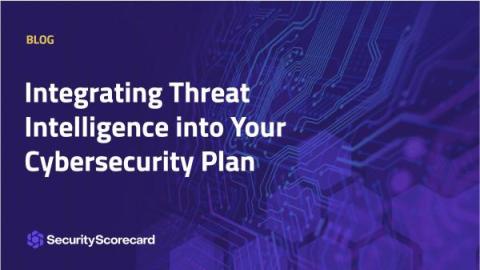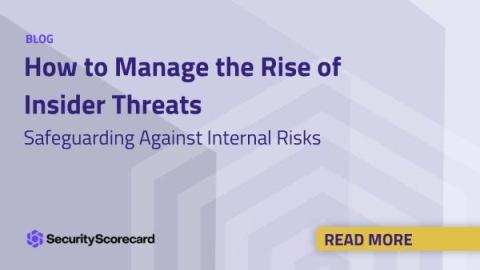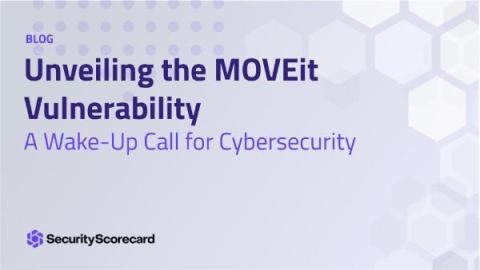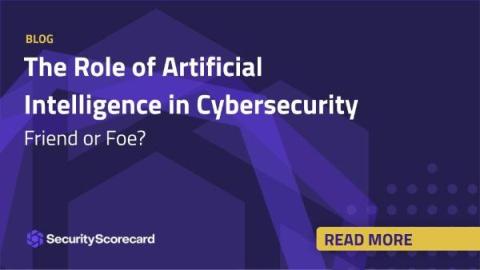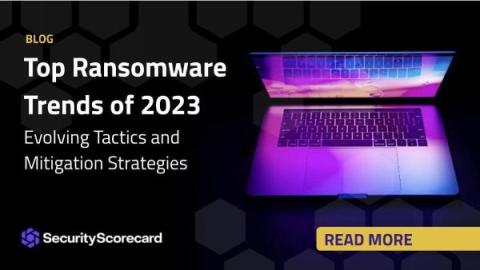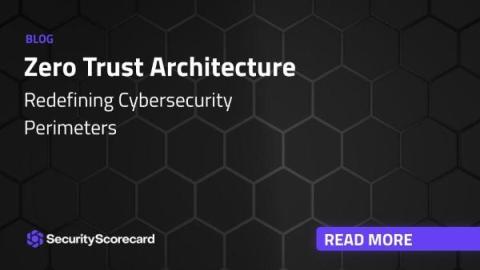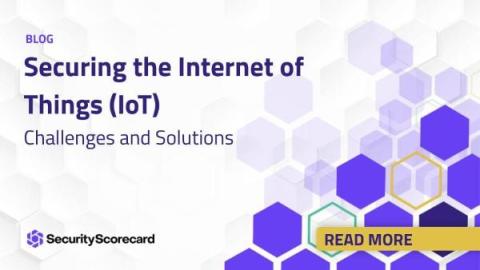Integrating Threat Intelligence into Your Cybersecurity Plan
In the rapidly evolving digital landscape, the importance of a well-constructed cybersecurity plan cannot be overstated. However, the effectiveness of any cybersecurity strategy significantly depends on how well it integrates threat intelligence. Threat intelligence involves understanding, analyzing, and using knowledge about existing and potential cyber threats to make informed security decisions.


